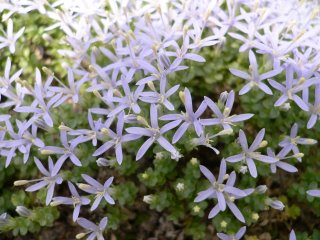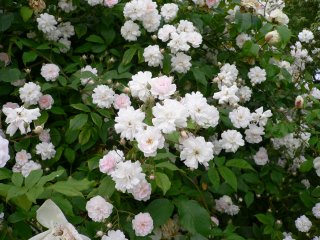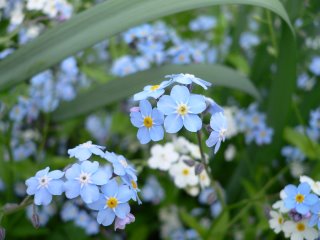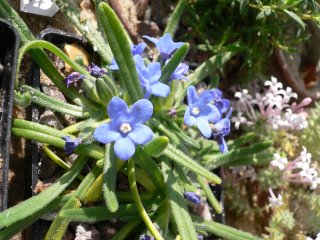
Hope I got the name right, this plant had an even longer name a few years back. A great favourite of Roy Elliott I first got this in the mid 70s. When I restarted my collection in the 90s it was one of the first plants I got. A cushion (actually it is a campanula relative which runs slightly so if the main cushion goes it can sometimes be recovered, I even divided an 8 inch pan after ants built their nest in the middle of a plant) which in July is covered for 2-3 weeks with flowers, it's moment of glory.




